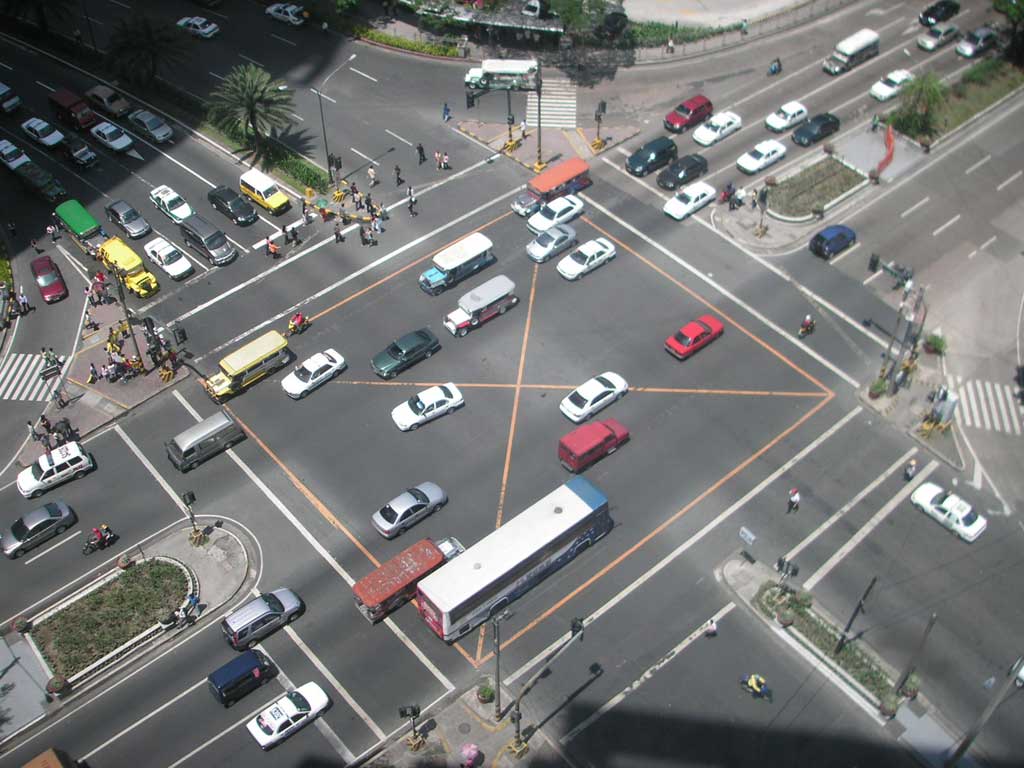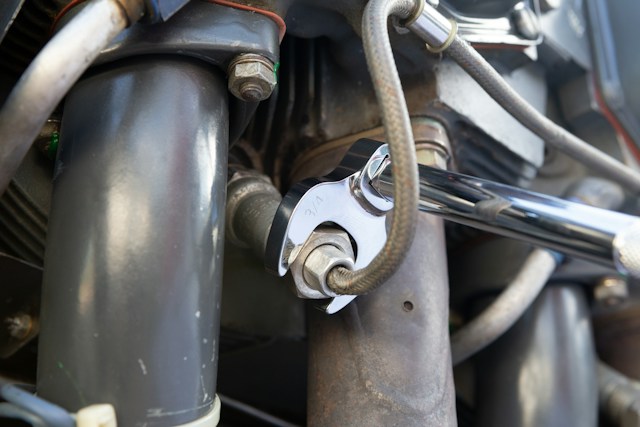Humans are mobile creatures and the transportation revolutions that have occurred over the past 200 years require that transportation planning, design, and engineering is on a larger scale than ever.
Transportation engineering has a number of major facets and areas of focus including highways, railways, runways, pipelines, terminals, harbors, ports, and more. Underlying transportation engineering are the basic sciences, mathematics, engineering mechanics, societal needs and context, geometric design, traffic engineering, simulation, and transportation planning and evaluation, just to name a few.
According to Fundamentals of Transportation Engineering: A Multimodal Systems Approach, “transportation engineers are concerned with transportation basics, traffic flow theory and analysis, highway design for performance, modeling transportation demand and supply, planning and evaluation for decision-making, design of highway for safety, design of intersections for safety and efficiency, pavement design, public mass transportation, air transportation and airports, and environmental issues/emerging technologies.”
In the United States, the history of transportation engineering planning and design stretches back to the country’s very beginning. Throughout the decades, the United States transportation system has developed, continuously adopting new technologies. Transportation engineers are charged with coming up with and evaluating transportation plans to create new facilities or to upgrade those that already exist. Another important aspect of transportation is the need for solid transportation economics. Transportation economics is affected by traffic flow, transportation systems management, and more.
Transportation engineering is now concerned more than ever with big data, computer systems, software, and collecting information with sensors in transportation vehicles and in the roads, bridges, runways, etc. where transportation occurs. This new collection of data and its analysis will help transportation engineers perform better and create better infrastructure.
According to the Handbook of Transportation Engineering, the following are major areas of study and practice in transportation engineering:
- National transportation networks and intermodal systems
- Transportation network planning: theoretical notions
- Reliability of travel times and robustness of transport networks
- Transportation systems modeling and evaluation
- Software systems and simulation for transportation applications
- Applications of GIS in transportation
- Travel demand forecasting
- Transportation and land use
- Sustainable transportation practice
- Transportation planning and modeling
- Transportation economics
- Innovative information technology applications in public transportation
- Parking management
- Management of transportation organizations
- Trucking operations
- The economics of railroad operations: resurgence of a declining industry
- Airline management and operations
- The marine transportation system
- Global logistics
- Freight transportation planning
The following video explains what transportation engineering is:







